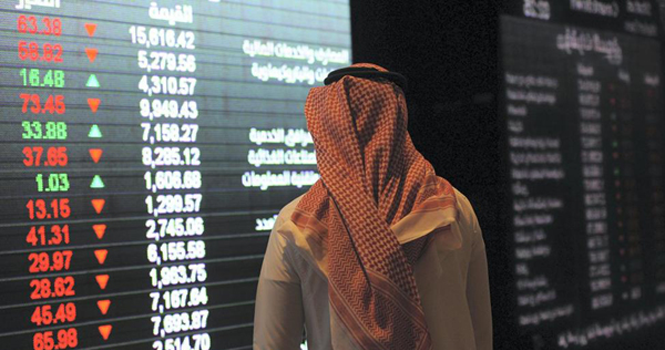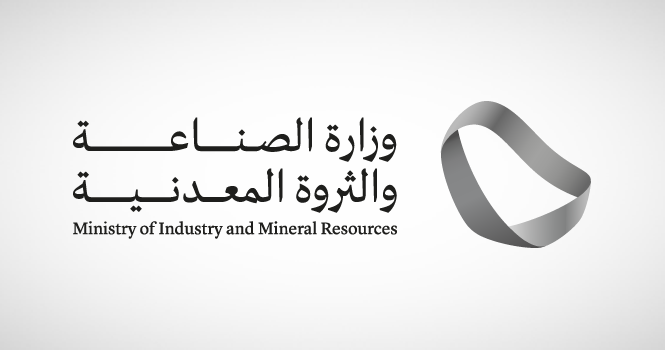IEA report said MENA region’s oil consumption for electricity generation is predicted to drastically decline, freeing up more Saudi and Iraqi crude for export
The amount of oil burned to generate electricity in the Middle East and North Africa (MENA region) is set to shrink sharply by 2030, freeing up more Saudi and Iraqi crude for export, according to the International Energy Agency (IEA).
Oil’s share of the region’s power mix is projected to fall to 5% by 2025, from about 20% today, and the region’s electricity consumption is projected to rise by another 50% by 2035, according to the IEA’s Future of Electricity in the Middle East and North Africa report published on Thursday.
It stated that electricity demand in the Middle East increased by more than 200% between 2000 and 2024, with an increase of more than 1,000 terawatt-hours (TWh), making the region the third-largest contributor to global demand growth after China and India.
Four countries alone contributed 70% of this growth, with Saudi Arabia and Iran accounting for 25% each, while Egypt and the UAE contributed 10% each, according to Bloomberg.
The agency indicates that the region, which supplies more than 30% of the world’s oil and about 20% of its natural gas, will see an additional expansion in gas-fired power plant capacity of more than 110 gigawatts over the next decade, on top of the 350 gigawatts currently in operation.
It explains that cooling and desalination are the main drivers of increased electricity demand in a region suffering from severe heat waves and water shortages, in addition to population growth, rising incomes, expanding cities and industry, and digital infrastructure such as data centers.
IEA report said MENA region’s oil consumption for electricity generation is predicted to drastically decline, freeing up more Saudi and Iraqi crude for export
The amount of oil burned to generate electricity in the Middle East and North Africa (MENA region) is set to shrink sharply by 2030, freeing up more Saudi and Iraqi crude for export, according to the International Energy Agency (IEA).
Oil’s share of the region’s power mix is projected to fall to 5% by 2025, from about 20% today, and the region’s electricity consumption is projected to rise by another 50% by 2035, according to the IEA’s Future of Electricity in the Middle East and North Africa report published on Thursday.
It stated that electricity demand in the Middle East increased by more than 200% between 2000 and 2024, with an increase of more than 1,000 terawatt-hours (TWh), making the region the third-largest contributor to global demand growth after China and India.
Four countries alone contributed 70% of this growth, with Saudi Arabia and Iran accounting for 25% each, while Egypt and the UAE contributed 10% each, according to Bloomberg.
The agency indicates that the region, which supplies more than 30% of the world’s oil and about 20% of its natural gas, will see an additional expansion in gas-fired power plant capacity of more than 110 gigawatts over the next decade, on top of the 350 gigawatts currently in operation.
It explains that cooling and desalination are the main drivers of increased electricity demand in a region suffering from severe heat waves and water shortages, in addition to population growth, rising incomes, expanding cities and industry, and digital infrastructure such as data centers.














